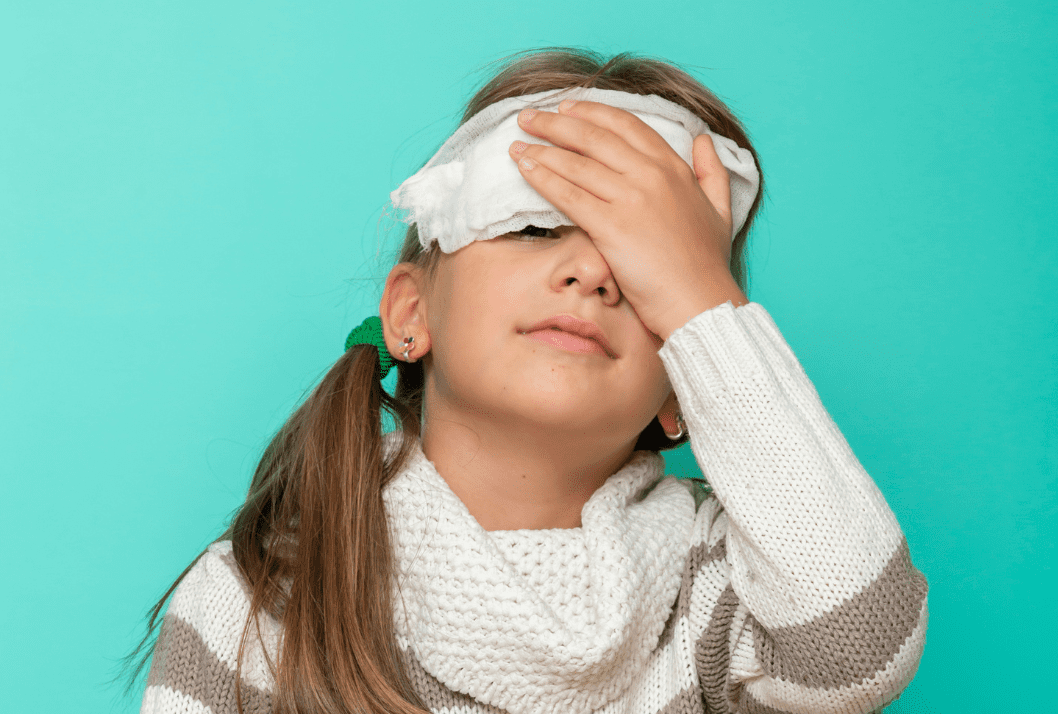Pink eye, or conjunctivitis, is a common eye condition in children characterized by inflammation of the conjunctiva, the thin, transparent membrane covering the white part of the eye. While it can be uncomfortable and contagious, there are several strategies parents can implement to manage pink eye effectively in children.
Here are six essential tips to help parents navigate through this eye condition.
-
Maintain Good Hygiene Practices
Encourage your child to wash their hands frequently with soap and water, especially after touching their eyes or face. This simple practice can help prevent the spread of infectious agents that cause pink eye.
Additionally, ensure that your child does not share towels, pillows, or other personal items that may come into contact with their eyes.
-
Use Warm Compresses
Applying a warm compress to the affected eye can help alleviate discomfort and loosen any crust that may have formed around the eye. Use a clean, soft cloth soaked in warm water and gently place it over the closed eyelid for a few minutes at a time. This can also help reduce inflammation and promote healing.
-
Avoid Rubbing the Eyes
While it may be tempting, advise your child to refrain from rubbing their eyes, as this can further irritate the already sensitive eye area and potentially spread the infection. Encourage them to use tissues or a clean cloth to dab at any discharge instead of rubbing the eyes directly.
-
Consult a Pediatrician or Ophthalmologist
If you suspect that your child has pink eye, it is essential to seek medical advice promptly. A healthcare provider can accurately diagnose the type of conjunctivitis (viral, bacterial, or allergic) and recommend appropriate treatment. Depending on the cause, they may prescribe antibiotic eye drops, antihistamines, or other medications.
-
Practice Proper Eye Drop Administration
If your child requires prescription eye drops as part of their treatment, ensure that you administer them correctly. Wash your hands thoroughly before and after applying the drops. Tilt your child’s head back, gently pull down the lower eyelid, and instill the prescribed number of drops into the eye. Ask your healthcare provider for specific instructions on how to administer the eye drops properly.
-
Monitor Symptoms and Follow-Up
Keep a close eye on your child’s symptoms and monitor for any changes in their condition. If their pink eye does not improve or worsen despite following the prescribed treatment, contact your healthcare provider for further guidance. Follow-up appointments may be necessary to ensure that the infection resolves completely and to address any complications.
Conclusion
Pink eye in children can be effectively managed with proper hygiene practices, warm compresses, medical consultation, appropriate eye drop administration, and vigilant symptom monitoring. By following these six tips and seeking timely medical advice, parents can help their children recover from pink eye quickly and minimize the risk of spreading the infection to others. Remember, early intervention and consistent care are key to ensuring the well-being of your child’s eyes and overall health.

